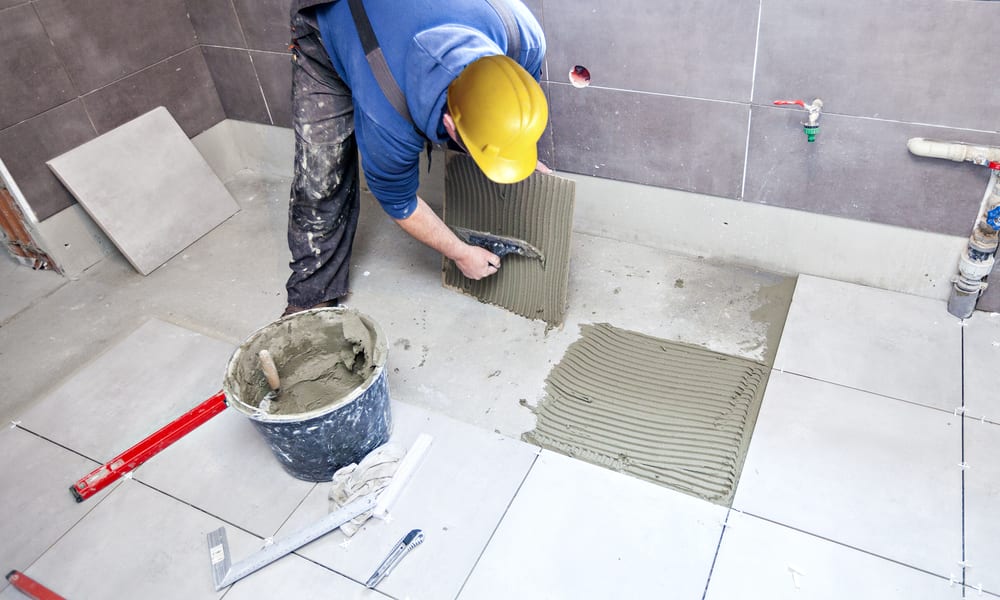PVC Panels for Walls: Uses in Home Interior, Bathroom and Kitchen
PVC panels are a practical option for many interior wall projects, offering water resistance, low maintenance, and straightforward installation. Commonly used in bathrooms and kitchens, these panels provide a smooth, wipeable surface that can reduce moisture-related issues. Understanding their performance, installation, and environmental trade-offs helps homeowners choose appropriate products for their projects.

How are PVC wall panels used in interior spaces?
PVC wall panels are used as a cladding alternative to tiles, paint, or plasterboard in many interior applications. They attach directly to studs, battens, or existing solid walls and create a continuous surface that hides uneven substrates. Panels can be installed vertically or horizontally and are often chosen for utility rooms, basements, and hallways where durability and easy cleaning are priorities. Their lightweight nature simplifies handling compared with heavy ceramic tiles.
Are PVC panels suitable for bathroom walls?
PVC panels are widely used in bathrooms because they resist moisture and do not require grout lines that can trap mold. Many panels are manufactured with tongue-and-groove or click systems that form a sealed surface when installed correctly. It’s important to use appropriate silicone or sealed trims at joins, fixtures, and edges to maintain watertight performance. While panels handle splashes and humidity well, long-term performance also depends on correct ventilation and avoiding exposure to constant standing water.
Can PVC panels work in the kitchen?
In kitchens, PVC panels function as backsplashes, wall cladding, or protective surfaces around cooking and washing zones. Their non-porous surface makes them simple to wipe down and resistant to stains from sauces, oils, and detergents. However, PVC has lower heat resistance than some alternatives, so panels should be kept a safe distance from direct heat sources like open flames, grills, or high-output cooktops. Use heat-tolerant trim and follow manufacturer guidelines near ovens or ranges.
Installation and maintenance for home PVC panels
Installing PVC panels is often faster than tiling and can be a DIY-friendly option for homeowners with basic carpentry skills. Panels are typically cut with a fine-toothed saw, attached with adhesives or screws into battens, and sealed with trim strips. For maintenance, regular wiping with a mild detergent and soft cloth keeps panels looking good; avoid abrasive cleaners that can scratch the surface. Inspect seals and edges periodically to prevent moisture ingress in wet areas, and replace any damaged sections promptly to maintain overall integrity.
Design choices and environmental considerations
PVC panels come in a wide range of colors, patterns, and surface textures, including woodgrain and stone-effect finishes. This variety allows for cohesive interior designs without the weight or cost of natural materials. From an environmental perspective, PVC is durable and long-lasting, which can reduce the need for frequent replacement, but it has drawbacks. Production and disposal can involve chemicals and additives; look for manufacturers offering recycled content, low-VOC certification, or take-back programs. Proper recycling options vary by region, so verify local guidelines for PVC disposal or recovery.
Practical performance and safety notes for home use
When selecting PVC panels for a wall or interior application, consider impact resistance, thickness, and backing materials, as these affect durability and sound insulation. Panels intended for bathrooms and kitchens often include antimicrobial surfaces or reinforced cores for better longevity. Be aware that PVC can soften or deform under prolonged exposure to high heat and some solvents; avoid installing it immediately adjacent to heat-emitting appliances or using strong solvents for cleaning. For households sensitive to indoor air quality concerns, choose products labeled low-VOC and install with adequate ventilation.
Conclusion
PVC panels offer a combination of moisture resistance, ease of cleaning, and installation convenience that suits many home interior applications, especially bathroom and kitchen walls. Balancing design preferences with considerations for heat exposure, ventilation, and environmental impact will help determine whether PVC panels are the right choice for a specific project. Making informed product selections and following installation best practices supports long-term performance and indoor comfort.






